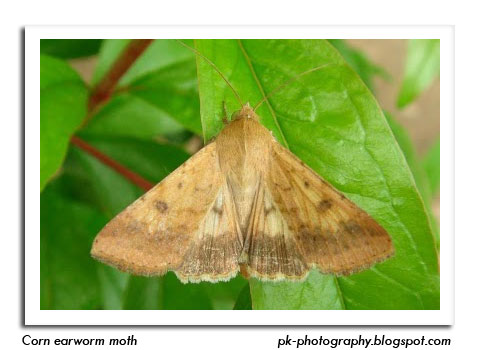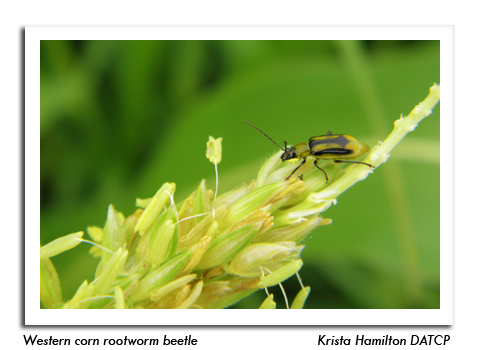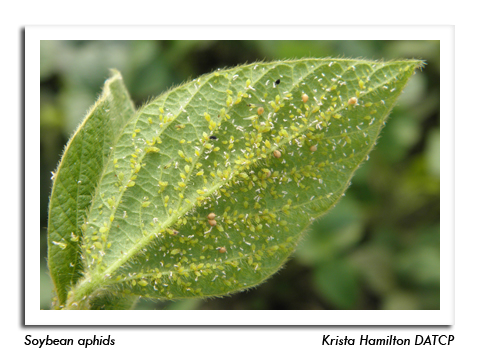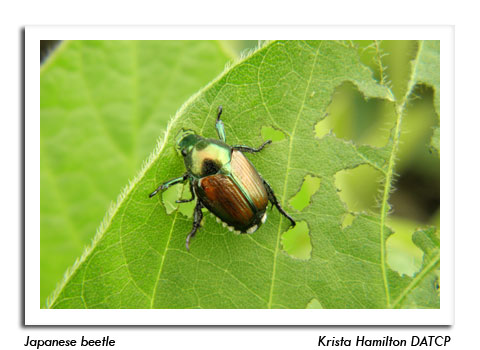
 |
|
|
Looking Ahead
Volume 58 Number 14 Date 08/08/2013 CORN EARWORM - A significant migration was noted from July 28-August 5 in Dane, Green Lake and Fond du Lac counties where 697 moths were registered in seven pheromone traps. The weekly high count was 178 moths per trap near Green Lake. Sweet corn growers should view these counts as an early warning of potential earworm problems in silking fields. CORN ROOTWORM - Preliminary results of the annual beetle survey indicate populations are variable, with most fields containing low-moderate counts of less than 0.7 per plant and a few showing high counts of 0.8-5.6 per plant. Economic populations have been observed in only 10 of 65 (15%) fields surveyed as of August 7. The survey, which indicates larval root damage potential for 2014, will continue next week in the central and northern crop districts. EUROPEAN CORN BORER - The treatment window for second generation larvae has opened in southern and western Wisconsin with the accumulation of 1,550 (base 50°F). Cornfields should be inspected next week for egg masses and small larvae. Controls will remain effective against early-instar larvae until 2,100 degree days have been surpassed, or perhaps 2-3 more weeks if below-normal temperatures persist. WESTERN BEAN CUTWORM - Moth counts have declined at most monitoring locations, signaling the end of the adult flight. The cumulative state total as of August 7 is 546 moths in 116 pheromone traps. Results of the 2013 western bean cutworm monitoring survey are summarized in the map under the CORN section. SOYBEAN APHID - Close monitoring of soybeans is critical at this time. Very high populations of 269-587 aphids per plant (on 100% of plants) have developed in a few Monroe, Waupaca and Waushara County fields in the last two weeks and treatment may be in order. Most surveyed fields contained low to moderate populations of less than 40 aphids per plant. Foliar treatment should not be considered until soybean fields have been thoroughly sampled to determine if the established threshold of 250 aphids per plant on 80% of the plants has been exceeded. JAPANESE BEETLE - Reports indicate these beetles are abundant enough in some apple orchards to require treatment. Scouting is advised for apples, corn, grapes, soybeans, and all other susceptible crops. Economic thresholds vary by crop and are listed under the CORN, SOYBEAN and FRUIT sections. -- Krista Hamilton, DATCP Entomologist 




|
|
|